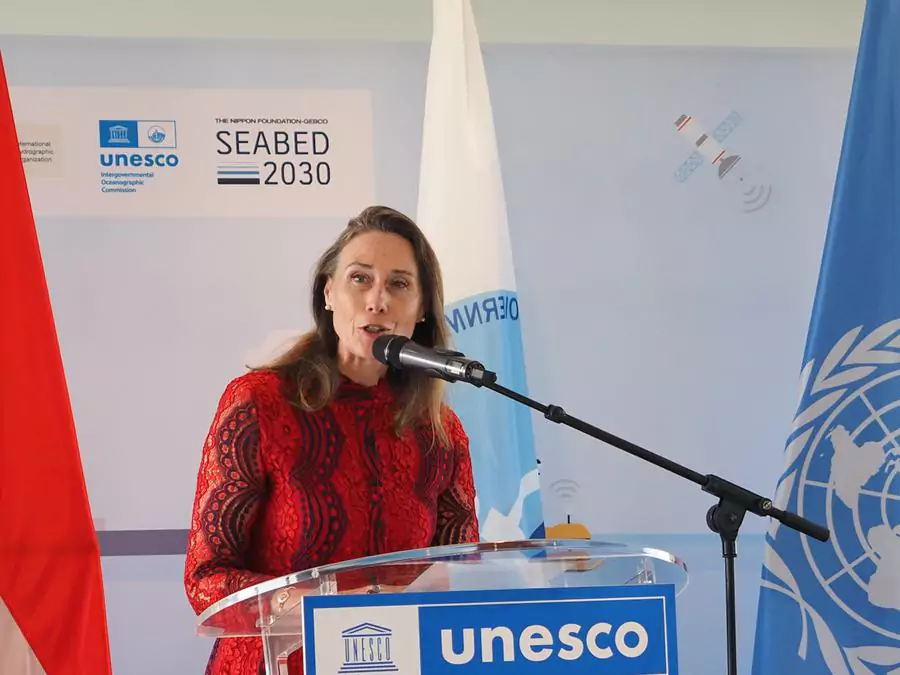Prince Albert I of Monaco was a pioneer in leading the charge to map the world’s seabed during the 20th century – a mission that is hoped to be completed by 2030. Now his efforts have been honoured at a UNESCO meeting in Paris.
In 1903, Prince Albert I undertook a monumental task when he initiated the General Bathymetric Charter of the Oceans (GEBCO) programme: an ambitious project to map the world’s ocean floors in a standardised and uniform way.
Up until this time, each country used their own terminology and nomenclature, making for a hodge-podge of data that was not accessible for general maritime use. Prince Albert I’s budding system, refined over the decades, has changed that forever.
Today, GEBCO operates under the joint auspices of the International Hydrographic Organisation (IHO) and the Intergovernmental Oceanographic Commission (IOC) of UNESCO, and is celebrating its 120th anniversary this year.
MORE IMPORTANT THAN EVER
The need for seabed mapping is more imperative than ever. Knowing the cartography aids in the development of new knowledge, which in turn can help with future preservation and protection efforts, as well as to understand the tides, current circulation and environmental changes. Mapping can also assist professionals in a variety of ways, including forecasting tsunamis, planning for cable and pipeline routings, and avoiding underwater hazards.
The United Nations Decade of Ocean Science for Sustainable Development has identified this global mapping project as a flagship programme under the title “SeaBed 2030”. The goal is to achieve 100% mapped areas by 2030.
This is quite an undertaking, considering the current figure estimates that only 20% is mapped. The hope that it can be accomplished stems from new funding from the Nippon Foundation, as well as knowing that the pace at which the project is moving has been significantly ramped up. In 2017, for example, only 6% of the seafloor had been mapped.
GUEST OF HONOUR
Anne-Marie Boisbouvier, Ambassador and Permanent Delegate of Monaco to UNESCO, was the guest of honour at the UNESCO meeting due to the Principality’s active role since 1921.
Monaco’s involvement is still felt through contributions to IOC that support its programme for the Global Sea Level Observing System (GLOSS) – a tsunami warning system – as well as the United Nations Decade of Ocean Science for Sustainable Development of which the SeaBed 2030 programme is a flagship project.
Sign up for the Monaco Life newsletter. For the latest news, follow us on Facebook, Twitter, Instagram and LinkedIn.
Photo: Anne-Marie Boisbouvier and Ambassador, Permanent Delegate of Monaco to UNESCO © DR
